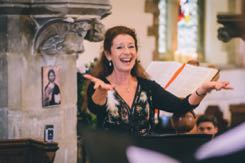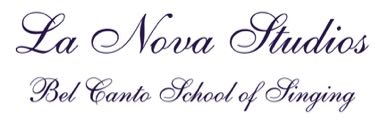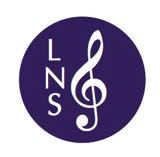'Bel Canto' singing characteristically focuses on perfect evenness throughout the voice, skilful legato, a light upper register, tremendous agility and flexibility, and a certain lyric, 'sweet' timbre”.
This was the description for early Bel Canto Castrati singers. As time went on voices needed to be able to cope with bigger orchestras and larger auditoriums so this technique has developed further so singers are able to cope with this.
Bel Canto literally means 'beautiful singing'. It originates from Italy in the 1600's to mid 1800's, where the castrati singers such as Farinelli and Alessandro Moreschi, were the first professional singers to exhibit the technique. This barbaric action of castration was outlawed in the late 1800's.
Even with the bygone age of the castrati singers, our modern singers are still able to use the original Bel Canto techniques with the full voice.
Bel Canto gives a unique timbre to the voice and brings out its natural beauty, fullness, richness, clarity, power, tuning, youthfulness and seemingly effortless breath flow. A true Bel Canto singer exhibits no sign of strain including singing the high notes. They appear to be singing effortlessly. This is due to the unique method of the air-flow and the use of particular resonance chambers.
General Italian Technique develops the open Italian vowels giving good diction and a youthful sounding voice and this is used with the Bel Canto method.
Bel Canto can be taught to any age of singer including children and is not confined to the operatic stage, but can be used and developed for all styles of singing, including musicals, pop, jazz, traditional, classical and opera. The well-known and ever popular crooners Frank Sinatra, Tony Bennett and Dean Martin just to name a few, also studied the Bel Canto and General Italian methods.

More information can be found in my book;
Singing Bel Canto, Art & Science available from Michelle: email michelle@lanovastudios.co.uk or phone 07866 607427
Bel Canto Technique


